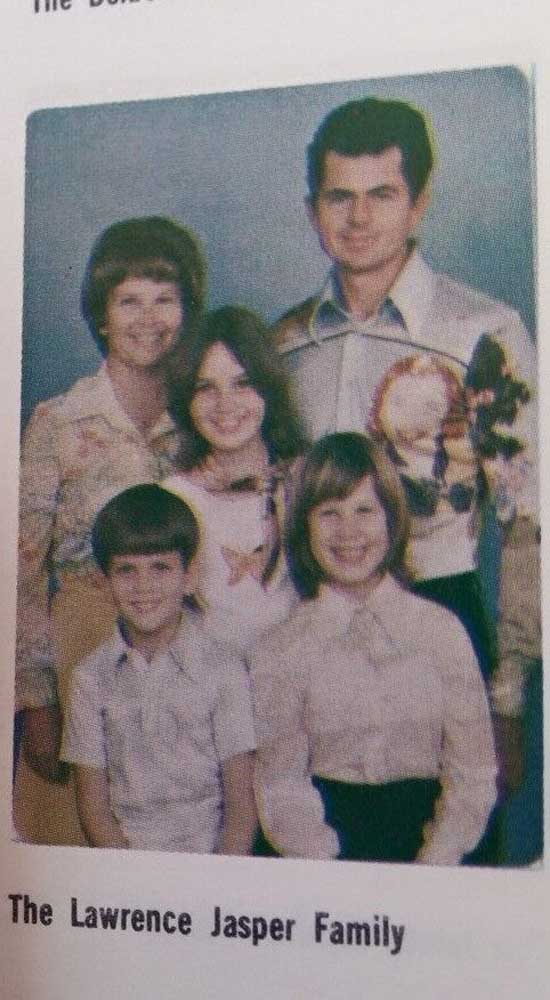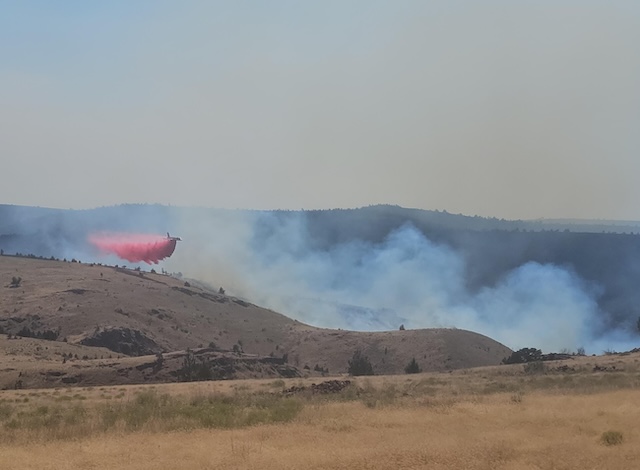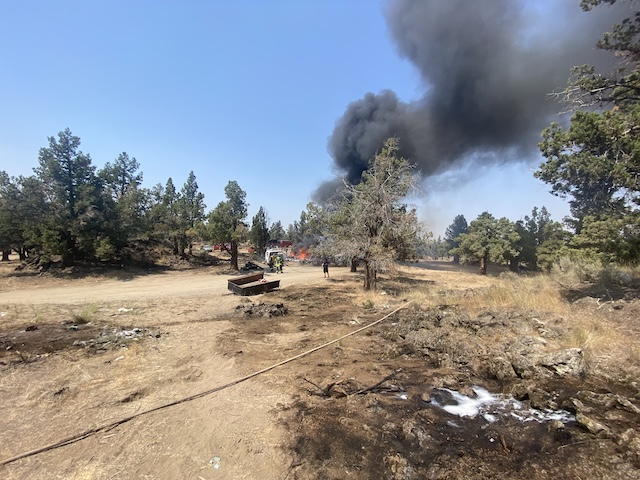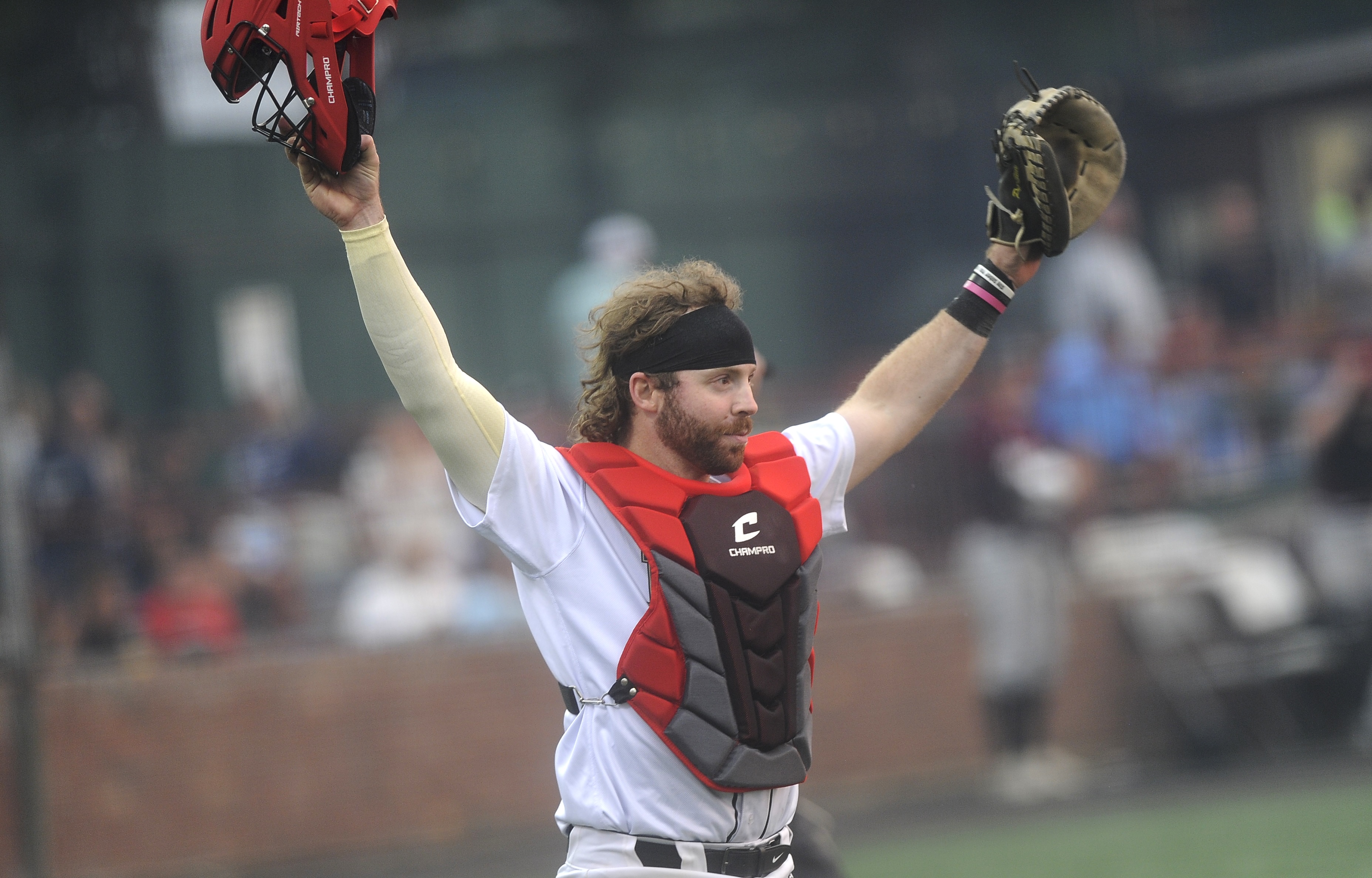GO! went to the disco
Published 1:25 pm Wednesday, December 23, 2020

- This church yearbook photo was taken in 1976, when disco music was becoming big, like the collars of polyester shirts worn here by the entire Jasper family. Submitted photo
After the onset of COVID-19-related closures and lockdowns meant the cancellation of the types of events GO! Magazine usually covered, the staff turned — or should we use the verb of the year, “pivoted”? — toward themed issues. Superheroes were in the mix. As was home improvement, self care, comfort cooking and staycations.
This reporter’s personal favorite may have been Aug. 13 — the disco issue. As I wrote in “A defense of disco”:
Trending
Here’s a little-known fact about “Stayin’ Alive”: The song has been used to train people in CPR because its rhythm is 103 beats per minute — the number of recommended chest compressions for saving a life being between 100 and 120. While not the only disco song on New York-Presbyterian Hospital’s “Songs to do CPR to” playlist, it’s the only one named “Stayin’ Alive.”
Crazy, right? Hey, speaking of crazy training, can you say that any songs done by your precious Ozzy were used in CPR training? Why, yes, you can, actually: Ozzy covered “Stayin’ Alive” — a fact I love no less for just having learned it.
… Quietly fermenting in my brain for the past 40 years is a belief that a strongly held anti-disco sentiment is just the calling card of mediocre guys who aspired, desperately, to appear cool and, let’s be honest here, more heteronormative. It’s the toxic masculinity of music opinions, the equivalent of broadcasting your cool by taking up two parking spaces and wearing your sunglasses on the back of your head indoors.
My GO! Magazine colleague Makenzie Whittle tackled disco’s appearance in films from “American Hustle” to “Boogie Nights” and “Saturday Night Fever” the origins of the world’s most wrongly maligned dance form in ”Get down with the history of disco”:
By 1977, the release of “Saturday Night Fever” and a soundtrack filled with solid disco tunes, including several from the Bee Gees, solidified the music and dance culture in the public consciousness, bringing it mainstream.
Fashion for the dance craze also took hold, with easy-to-move-in clothing such as polyester and less restrictive items for women, including wrap dresses.
Trending
The most famous club to come out of the disco movement opened in 1977 when business partners Steve Rubell and Ian Schrager opened the iconic Studio 54. In just six weeks, the two had transformed the old CBS Television studio into one of the most sought after venues in New York.








